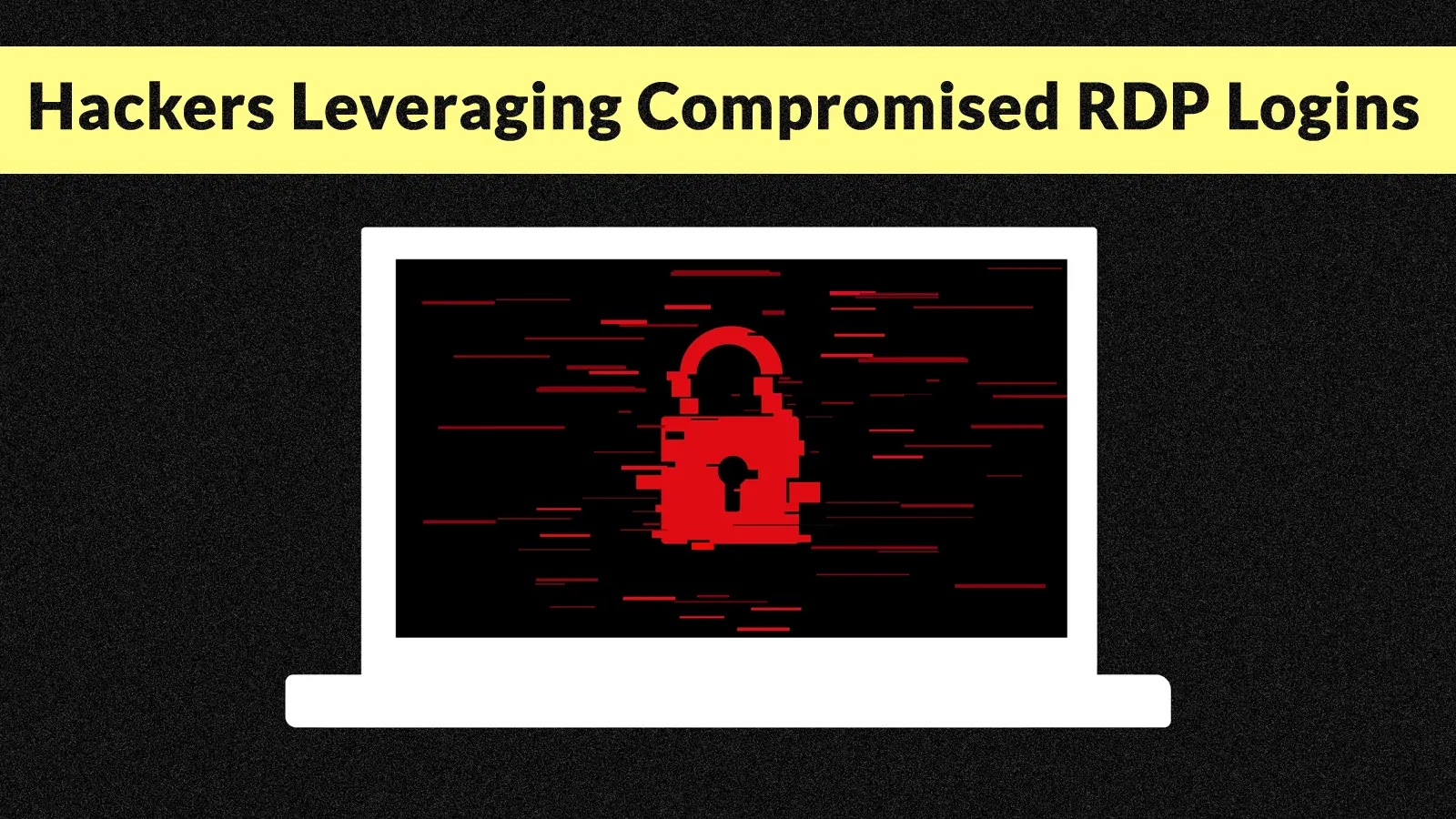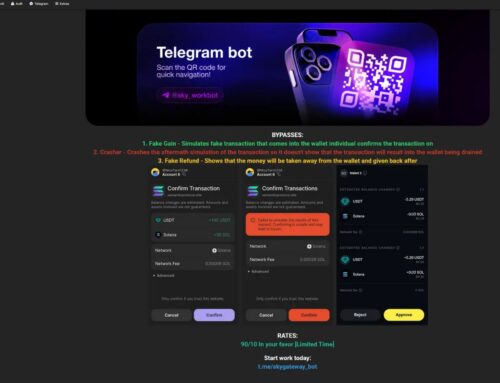
Threat Actors Leveraging Compromised RDP Logins to Deploy Lynx Ransomware After Deleting Server Backups
The digital landscape is under constant siege, and a pervasive, insidious threat has escalated its tactics: Lynx ransomware. Recent intelligence reveals a sinister evolution where threat actors compromise Remote Desktop Protocol (RDP) logins, swiftly deploy Lynx, and critically, erase server backups before encryption. This sophisticated strategy targets the very heart of an organization’s recovery capabilities, ensuring maximum disruption and increasing the likelihood of ransom payment. Understanding this campaign is no longer optional; it’s a critical imperative for maintaining operational resilience.
The Evolving Threat of Lynx Ransomware
Lynx ransomware has emerged as a significant and increasingly refined threat to enterprise environments. Initially observed with various distribution methods, the current campaign highlights a calculated shift towards exploiting compromised RDP credentials. This approach grants attackers direct, interactive access to victim networks, bypassing many perimeter defenses. Once inside, their actions demonstrate a clear understanding of enterprise IT infrastructure and disaster recovery mechanisms, particularly their focus on backup destruction. Security researchers continue to monitor this evolving threat as attackers refine their techniques, making proactive defense even more crucial.
Compromised RDP Logins: The Initial Beachhead
The primary vector for these Lynx ransomware attacks is the exploitation of compromised RDP logins. RDP, a legitimate and widely used protocol for remote access, becomes a severe vulnerability when credentials are weak, reused, or exposed through phishing, brute-force attacks, or credential stuffing. Once threat actors gain access via RDP, they can operate within the network as if they were legitimate users, significantly increasing their dwell time and ability to conduct reconnaissance before deploying the malware. This initial compromise is often silent and can go undetected for extended periods, providing attackers ample opportunity to map the network and identify high-value targets and critical backup systems.
The Devastating Impact of Backup Deletion
What sets this particular Lynx ransomware campaign apart is the pre-emptive deletion of server backups. This step is a devastating blow to organizations, effectively crippling their ability to recover data without paying a ransom. Attackers understand that robust backup strategies are an organization’s last line of defense against data loss. By systematically eradicating these backups, often using built-in system tools or custom scripts, they eliminate recovery options, forcing victims into a difficult position. This tactic transforms a data breach into a catastrophic business interruption, underscoring the attackers’ focus on maximizing impact and coercion.
Deployment and Impact of Lynx Ransomware
Following the RDP compromise and backup destruction, Lynx ransomware is deployed across the network. The malware encrypts critical files and systems, rendering them inaccessible. While specific technical details of Lynx ransomware’s encryption algorithms and propagation mechanisms are still under analysis, its effective deployment in these scenarios highlights its capability to execute rapidly and broadly within a compromised environment. The result is operational paralysis, significant financial loss, legal repercussions from data exfiltration, and severe reputational damage.
Remediation Actions
Defending against sophisticated threats like the Lynx ransomware campaign requires a multi-layered and proactive security posture. Organizations must prioritize hardening their RDP access and bolstering their backup and recovery strategies.
- Strengthen RDP Security:
- Implement strong, unique passwords for all RDP accounts.
- Enforce Multi-Factor Authentication (MFA) for all RDP access.
- Restrict RDP access to a specific list of IP addresses or use a VPN for external RDP connections.
- Monitor RDP logs for unusual login attempts or activity.
- Disable RDP services on non-essential servers.
- Robust Backup Strategy:
- Adopt the 3-2-1 backup rule: three copies of your data, on two different media, with one copy offsite and offline.
- Implement immutable backups that cannot be modified or deleted by attackers.
- Regularly test backup restoration procedures to ensure data integrity and recovery capability.
- Isolate backup systems from the main network to prevent compromise.
- Endpoint Detection and Response (EDR):
- Deploy EDR solutions across all endpoints to detect and respond to suspicious activity, including pre-ransomware behaviors.
- Network Segmentation:
- Segment networks to limit lateral movement of attackers if a compromise occurs.
- Security Awareness Training:
- Educate employees on phishing tactics and the importance of strong password hygiene.
- Vulnerability Management:
- Regularly patch and update all operating systems and software to address known vulnerabilities. While no specific CVEs are tied directly to Lynx ransomware’s execution, the initial RDP compromise might leverage vulnerabilities in exposed services (e.g., CVE-2019-0708 for BlueKeep, though less prevalent now, emphasizes the risk of unpatched RDP).
Tools for Detection and Mitigation
Implementing the right tools is crucial for both preventing and responding to Lynx ransomware attacks.
| Tool Name | Purpose | Link |
|---|---|---|
| Microsoft Defender for Endpoint | Endpoint Detection & Response (EDR), threat detection, vulnerability management. | Microsoft Official Site |
| SentinelOne Singularity Platform | AI-powered endpoint protection, EDR, threat hunting, autonomous response. | SentinelOne Official Site |
| Veeam Backup & Replication | Data backup, recovery, and replication for virtual, physical, and cloud workloads. | Veeam Official Site |
| Nessus (Tenable Vulnerability Management) | Vulnerability scanning and assessment for network, server, and web applications. | Tenable Official Site |
| MFA Solutions (e.g., Duo Security, Okta) | Adds a crucial layer of security to RDP and other access points. | Duo Security Official Site |
Key Takeaways
The Lynx ransomware campaign, characterized by its reliance on compromised RDP logins and the insidious deletion of server backups, represents a sophisticated and dangerous evolution in ransomware tactics. Organizations must act decisively to secure their remote access points, implement robust and immutable backup strategies, and deploy advanced threat detection capabilities. Proactive security measures, coupled with continuous vigilance and employee training, are paramount to protecting critical assets and maintaining business continuity against such determined adversaries.





